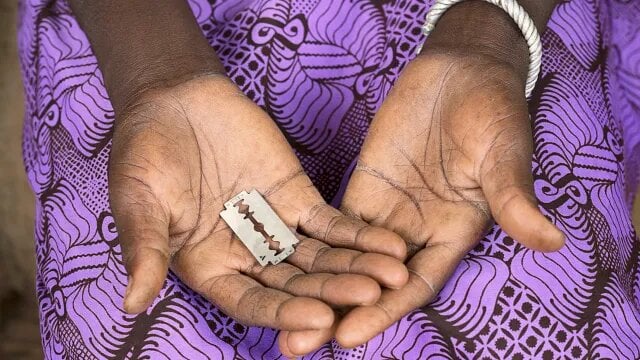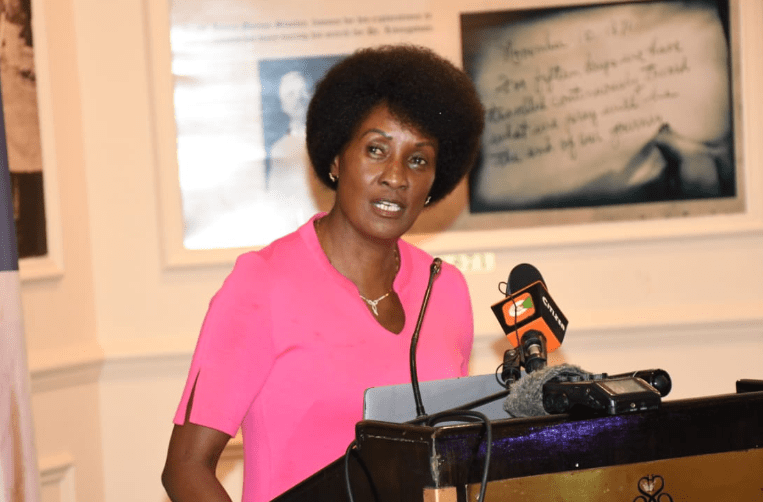Kenya records sharp decrease in FGM practice

Kenya has been ranked highly among the countries recording a sharp decrease of Female Genital Mutilation (FGM) cases, which have fallen from 26 to 9 percent for the last 30 years.
Even as the war against the outlawed practice continues to gain traction locally, data released during International Women’s Day portrayed a different scenario with an estimated 15 per cent increase in the total number of survivors representing 30 million more girls and women, compared to data released eight years ago.
According to the United Nations International Children’s Emergency Fund (UNICEF), the data shows the pace of progress to end FGM remains slow, lagging behind population growth, especially in places where FGM is most common, and far off-pace to meet the UN’s Sustainable Development Goal to eliminate the practice.
In the East Africa region, Kenya trails its neighbour Uganda which has recorded the least cases of FGM at only 0.3 percent. Tanzania follows Kenya with 15 percent currently.
Somalia is leading among African countries with about 98 per cent of its women and girls aged between 15 to 49 years undergoing the cut.
Outlawed practice
The country outlawed the practice in 2001, terming it a violation of girls’ and women’s human rights.
Despite the concerted efforts by the government and humanitarian agencies to end the vice, FGM is still being performed in line with tradition and social norms of some communities to ensure that girls are socially accepted and marriageable, and to uphold their status and honour and that of the entire family.
“Female genital mutilation harms girls’ bodies, dims their futures, and endangers their lives,” said UNICEF Executive Director Catherine Russell. “We’re also seeing a worrying trend that more girls are subjected to the practice at younger ages, many before their fifth birthday. That further reduces the window to intervene. We need to strengthen the efforts of ending this harmful practice.”
UNICEF has mapped 22 hotspots in Kenya where FGM is being practiced widely with communities now moving from traditional methods to modern and medicalized methods performed by health workers.
According to UNICEF Kenya Child Protection Specialist Jack Onyando, this new method which has slowed down the fight against the vice does not legalise FGM as it still violates the rights of the victims.
“Our communities where FGM is prevalent and health workers who are performing the cut need to be sensitized that the procedure is still unlawful. It undermines the rights of the women and girls as per the existing legislations passed to criminalise the practice,” Onyando stated. One in every five girls and women in Kenya has undergone FGM based on their religion and their ethnicity.
NFD communities
FGM is rampant among women from the communities in the North Frontier counties and aged between 15 to 49 years with over 80 per cent having been subjected to the ritual. Other counties with high prevalence include West Pokot, Nyamira and Kisii.
Eastern and Rift Valley counties recorded less than 50 percent while Central and Coast counties have less than 25 per cent.
Additionally, about 51 per cent of Muslim women have undergone the cut, those with no religion accounts for 33 percent while Roman Catholics have 22 percent of the cases.
Other religions and other Christian denominations have 20 and 18 per cent of their women having undergone the FGM.
UNICEF data also shows that FGM is widely practiced in rural areas than in urban areas as well as among the non-educated and women from poor family backgrounds.
About 75 per cent of FGM cases are being performed by traditional doctors while only 20 per cent is being carried out by health professionals.
The agency said that there is evidence of dramatic generational change in the prevalence of FGM in Kenya as women aged 45 to 49 are almost four times more likely to have been cut than girls aged 15 to19
Other nations that have recorded strong progress in curbing the vice include Sierra Leone where FGM cases have dropped from 95 to 61 per cent, Burkina Faso from 83 to 32, Ethiopia from 77 to 47.
UNICEF said in the analysis that 4 in 10 FGM survivors live in fragile and conflict-affected settings, where population growth is also fast. This combination, the agency explained can strain education and health services, divert resources toward crises, and disrupt programmes that address gender inequality, making it more challenging to tackle FGM.
“Places like Somalia and Sudan face the challenge of addressing widespread FGM, among other urgent issues, and amid conflict and population growth. Ethiopia has consistently made progress, but climate shocks, disease, and food insecurity make it harder to reliably deliver programmes to support girls,” UNICEF clarified.
Globally, Unicef estimates that over 230 million girls and women alive today have undergone female genital mutilation (FGM).











